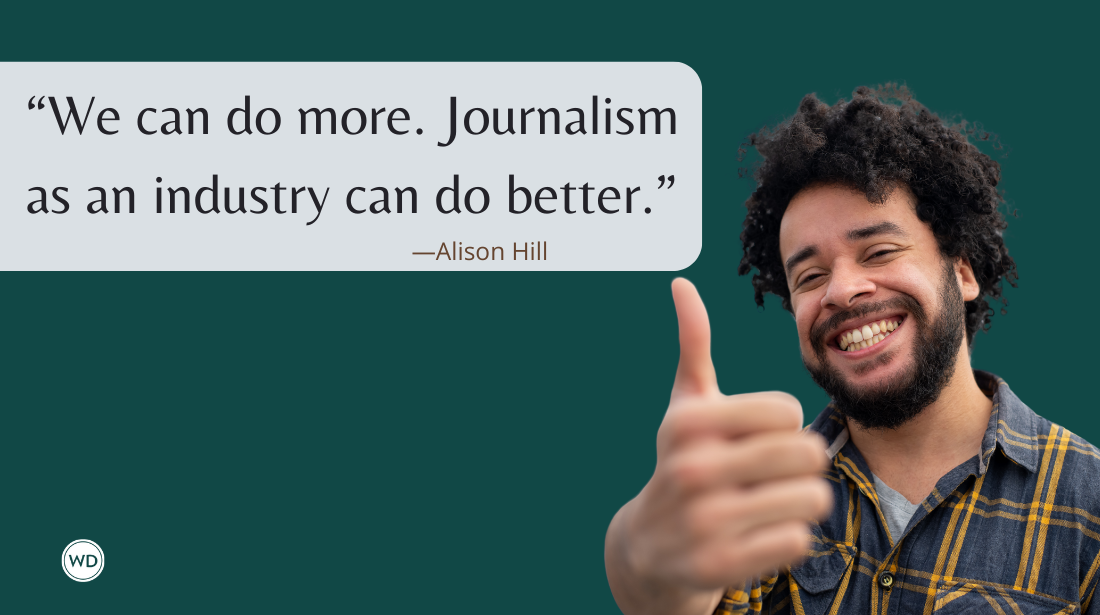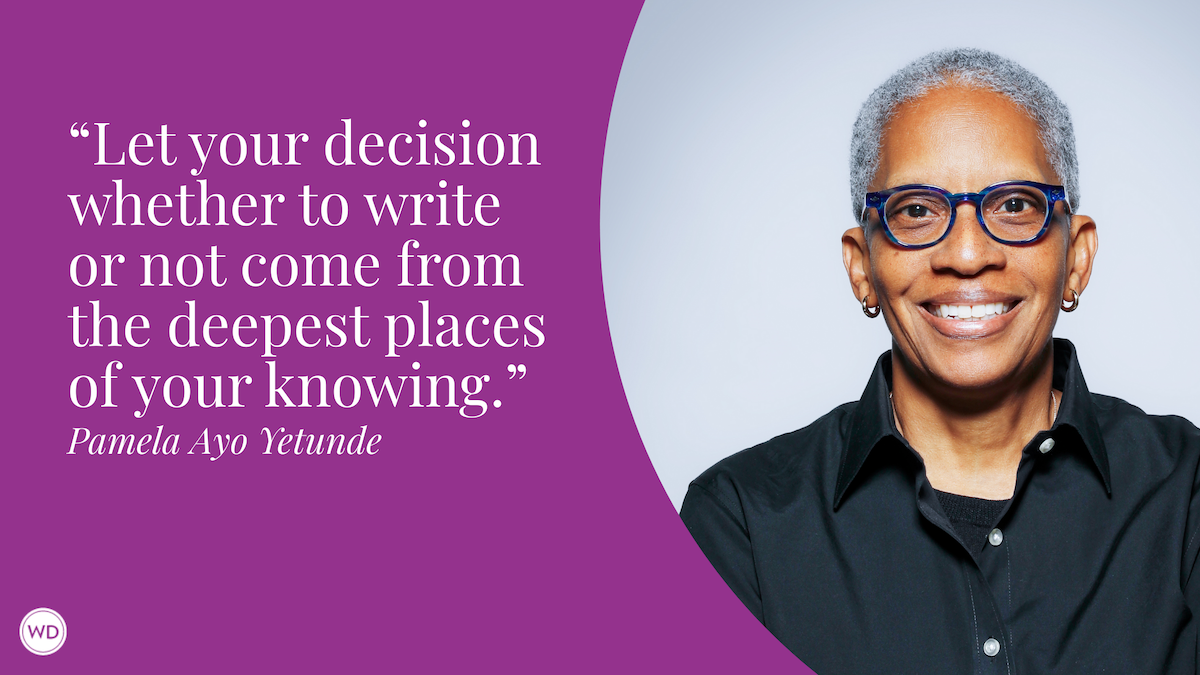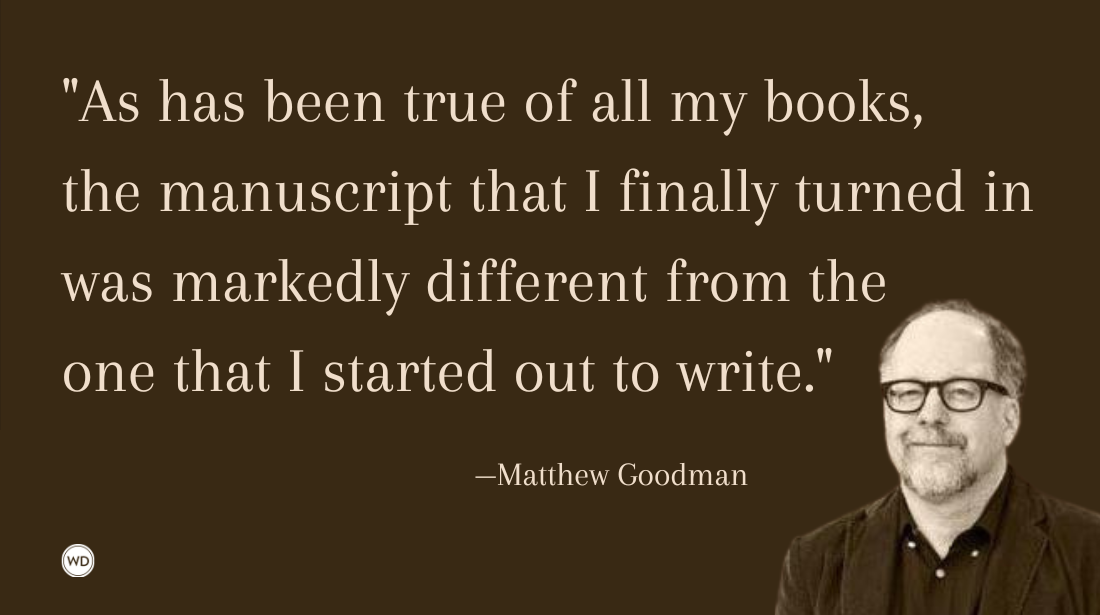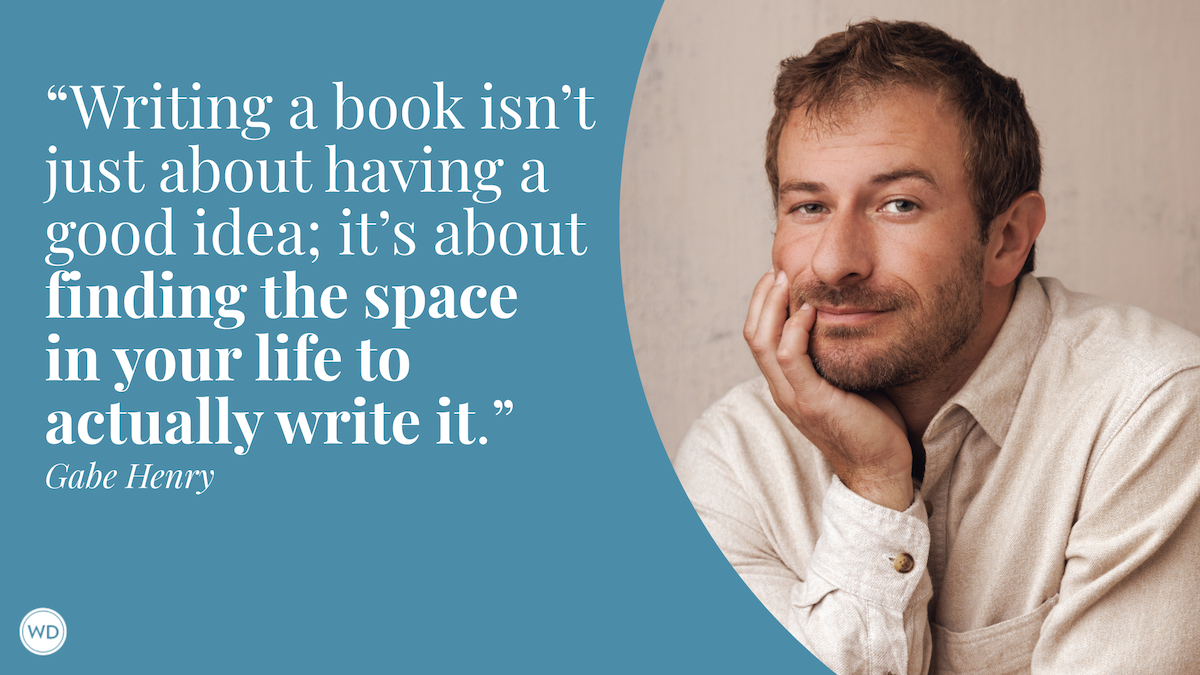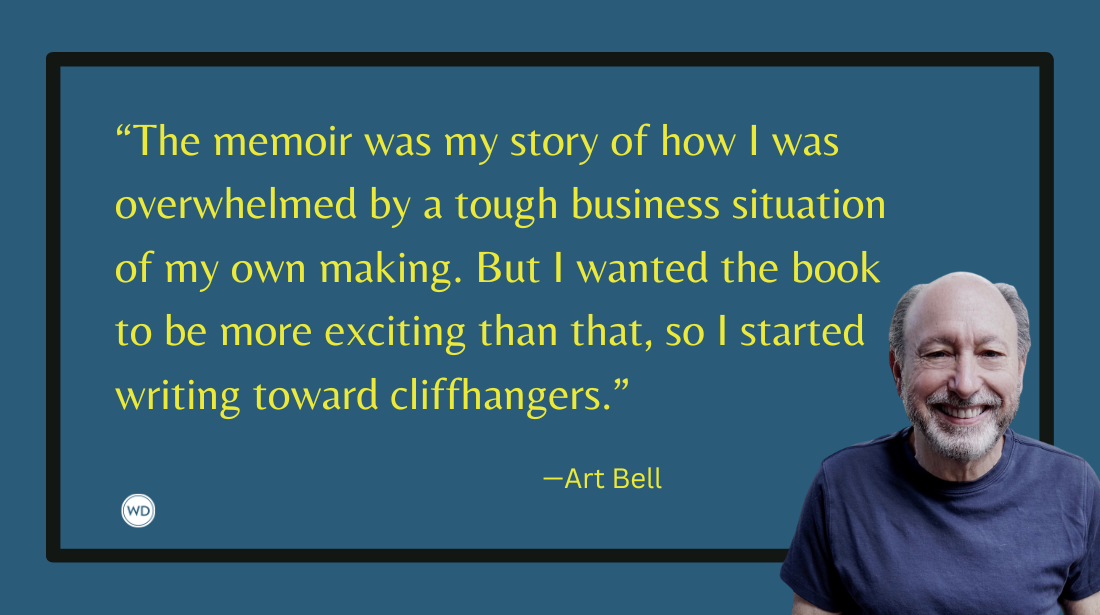9 Steps to Standing Out in Your Cover Letter
A solid cover letter ensures your first impression isn’t your last. by Susan Shapiro
My journalism students are shocked by my theory that sending a short, perfect cover letter to introduce mediocre pages will get them in print faster than submitting a stellar piece with a lousy letter attached.
Of course, I’m not advocating showing anything that’s less than sublime. But here’s why making a great first impression is so essential: Mistakes in your initial missive can alienate an editor into deleting your e-mail or tossing your envelope into the garbage without even reading what’s behind it. On the other hand, if you manage to charm your superior into giving it a serious look, she may find herself willing to work with you to make your piece publishable, even if it’s not already. Here are nine steps to ensure your submission covers all the bases.
1. BE ACCESSIBLE. Make sure to put your name, full address, phone number and e-mail on top of your letter, your submission and all correspondence (including e-mails).
Many editors will offer cyber rejections, but want to pick up the phone to say “yes,” or to see if you’re willing to rewrite pronto. If they can’t reach you, they might just reach someone else.
2. GET A NAME. Although columns like Newsweek’s great My Turn instruct you to send your work to generic e-mail addresses, you should never send anything without a specific name. If you do, you can’t follow up. There’s nothing wrong with using these addresses, but figure out the right editor to contact. You can find this info on mastheads or websites, in an Internet search or with a quick phone call.
3. BE PROFESSIONAL. “Hey Sarah, how’s it going?” isn’t a good way to start a professional correspondence, even if the editor is a friend of a friend. “Dear Ms. Norris” is more respectful. Also be aware that humor is subjective. Self-deprecation can be amusing when it comes from David Sedaris or Woody Allen, but you should think twice before trying it with someone you don’t know.
4. EMPHASIZE ANY CONNECTIONS. If you’re lucky enough to have a personal connection to the publication you’re querying, don’t wait until the end of your letter to mention it.
Many readers won’t get that far. When someone’s missive to me starts, “Gerry Jonas gave me your name,” I immediately want to help that person. Why? Because Gerry helped me. Lavishly praising the person you have in common is common sense.
5. PAY RESPECT. Don’t ever begin a missive by launching into your accomplishments, your pitch, your ideas or your needs. First pay respect to the higher-up you want help from by saying you’re a reader, acolyte or fan.
6. GO FOR EXTRA CREDIT. Awhile ago, I was planning a “Secrets Behind Book Publishing” charity panel, and one of my fantasy panelists was former Random House Editor-in-Chief Daniel Menaker. Although I’d met him years before, it was an ambitious choice. I could have started by saying how much I’d enjoyed his novel The Treatment, but I did a quick Internet search for an update. By coincidence, the movie version of his book was opening that very night at a nearby theater. I ran to the show, wrote a fresh, timely lede for my letter and received his affirmative response. He may have said “yes” regardless—but why take the chance?
7. BE HUMBLE. Despite your certainty that you’re a genius worthy of immediate attention, be careful not to come across as arrogant, presumptuous, impatient, self-involved, flippant, insulting, demanding or delusional. I’m not an editor who buys or sells anything, yet I get many requests to read unsolicited manuscripts and proposals. One recent e-mail began: “I’ve just completed 100,000 words of my debut novel, which I’m sure you’ll find talented and worthy of your expertise.” It got filed under “Letters I never finished reading.”
8. PERFECT YOUR PITCH. Although a cover letter is different than a pitch letter, you still need to entice an editor or agent to read your submission. So describe your work in a short, engaging way that fits the tone of the publication you’re querying. I often quote my former student Katie Naylon’s terse, successful cover letter to Jerry Portwood, editor of New York Press. She wrote, “Dear Mr. Portwood, I love your reviews in New York Press. Attached please find my essay about how I ran a phone sex operation in college when I was still a virgin. I hoped it might work for your 8 Million Stories column.” It did! Portwood told me he wanted the piece from the description alone.
9. START SMALL. When first making contact, ask for one short assignment. Suggesting a weekly column to an editor you’ve never met is like asking a cute stranger, “Will you go out with me every Saturday night for the next three years?” Looking too needy or demanding is a losing strategy. Like a date, if all goes well, you’ll surely get another chance.
Susan Shapiro, a long-time writing professor, is the author most recently of the writing guide The Byline Bible, the memoir The Forgiveness Tour and the coauthored American Shield. You can follow her on Instagram or visit her website.



